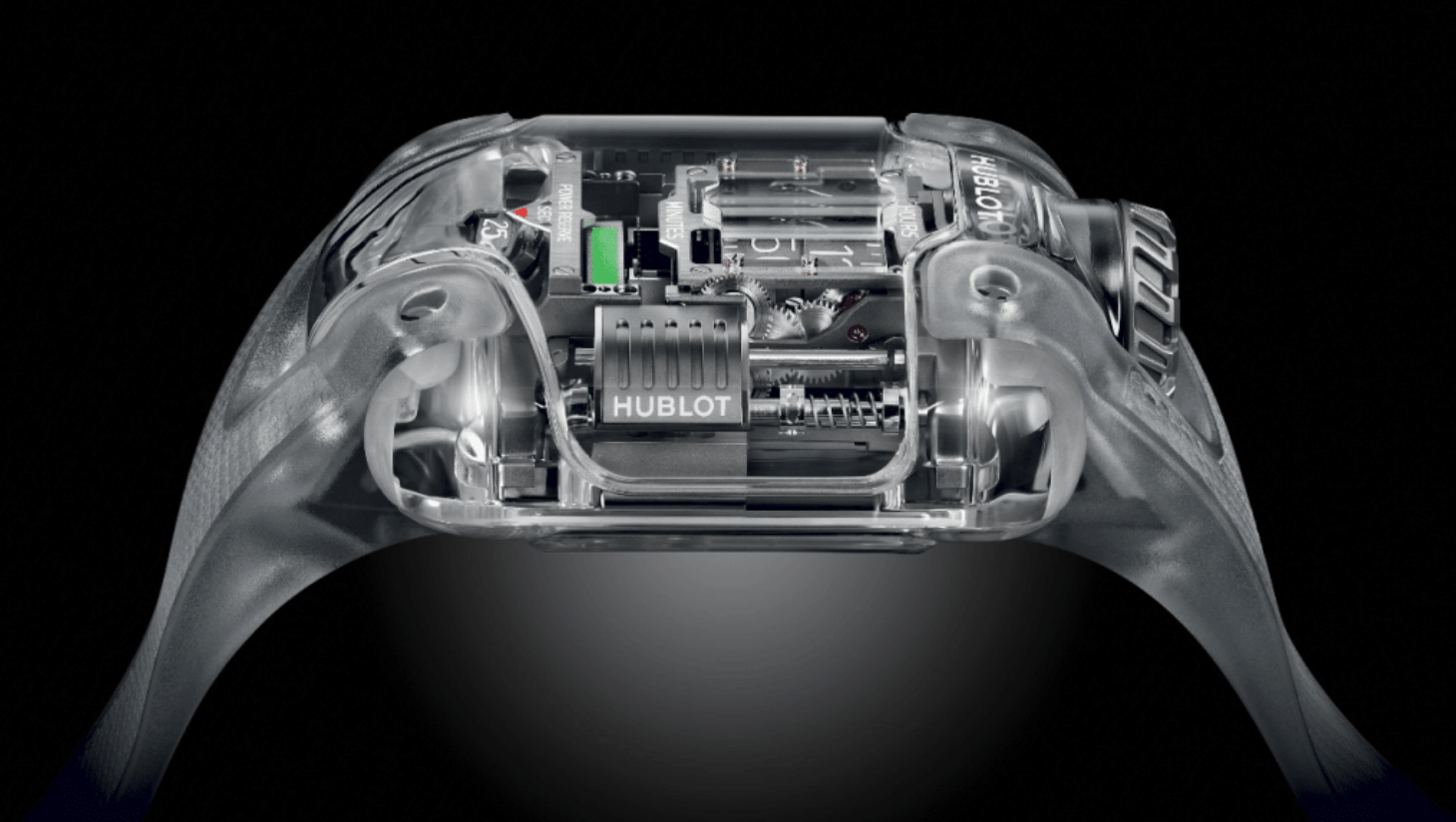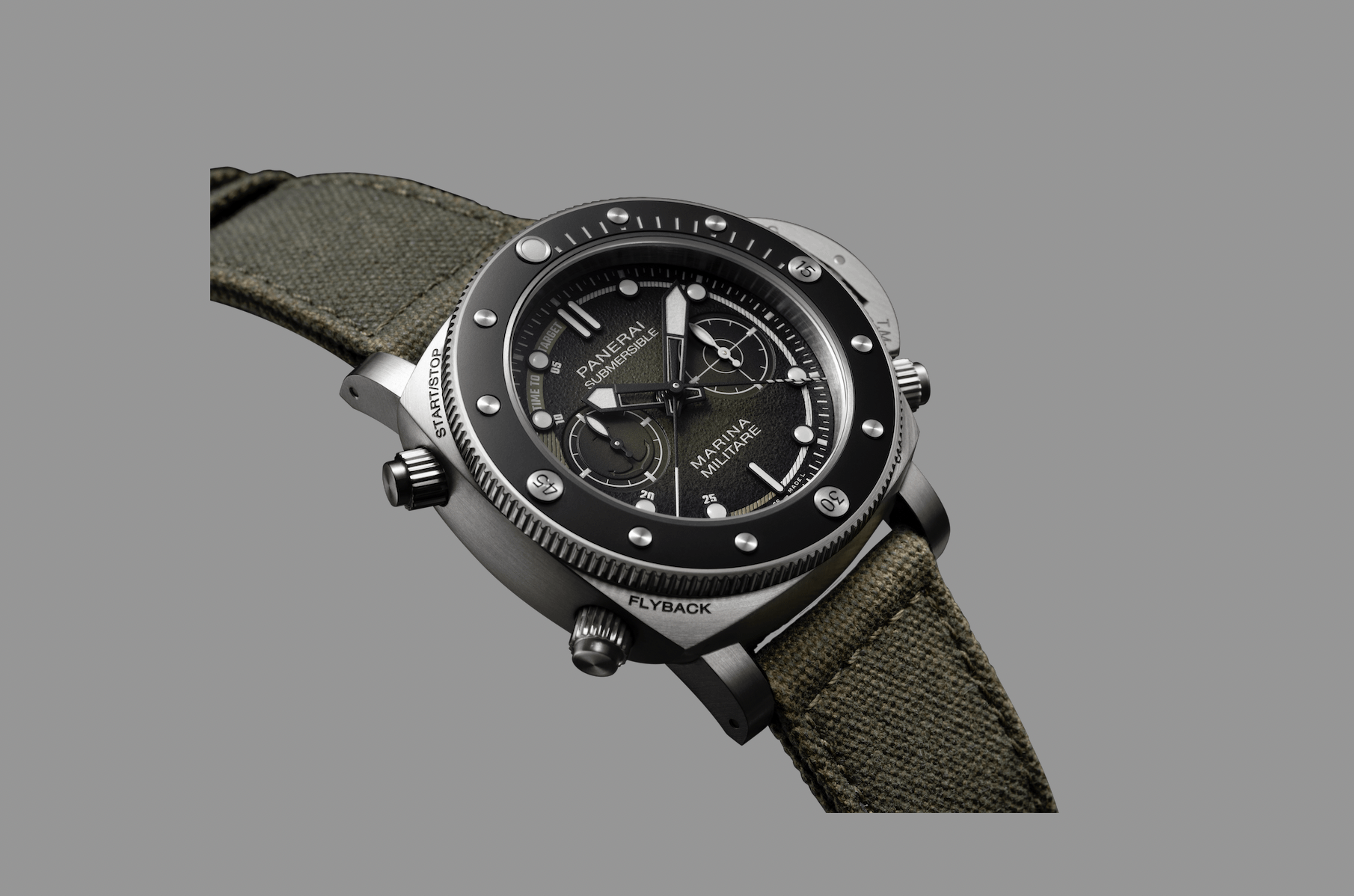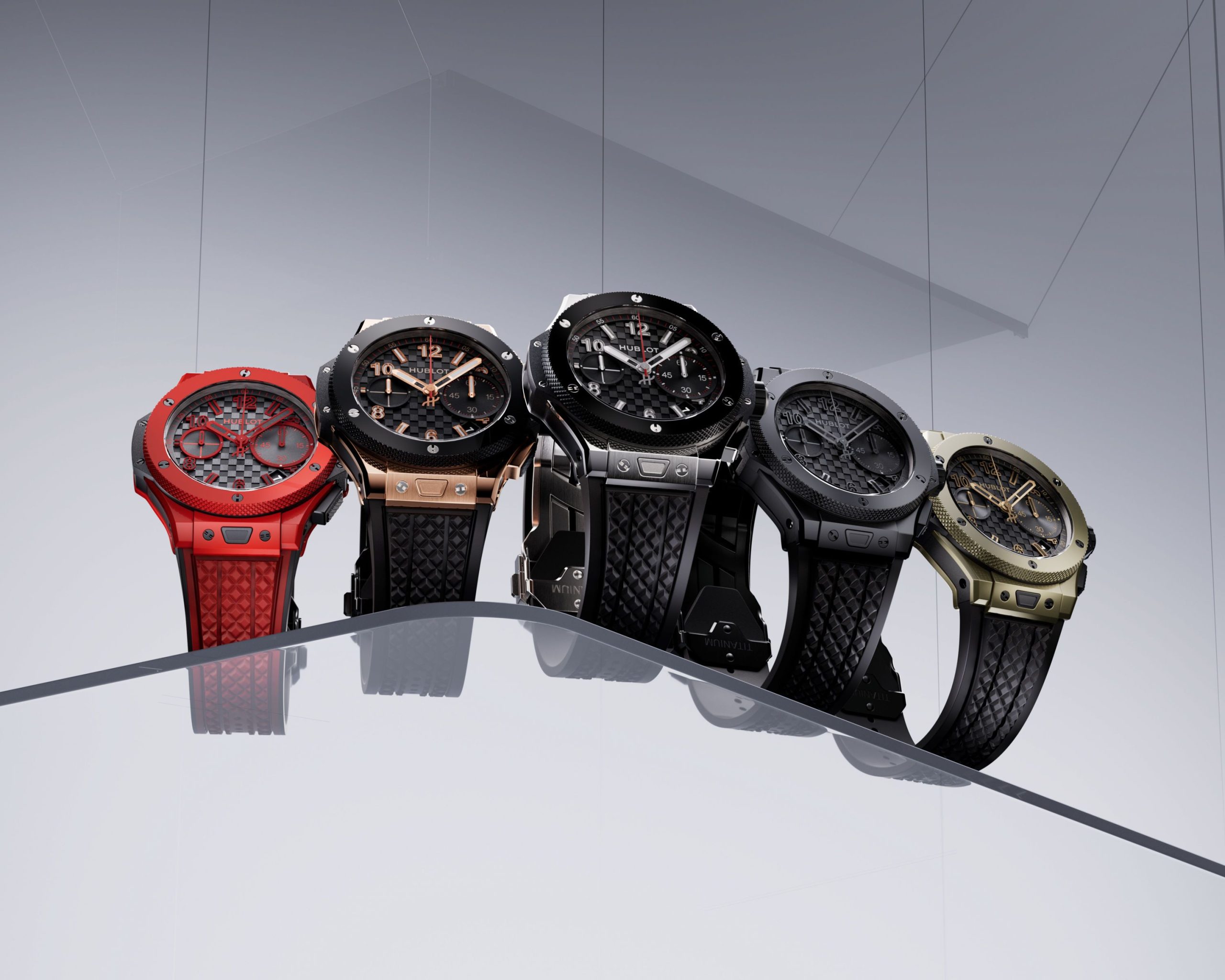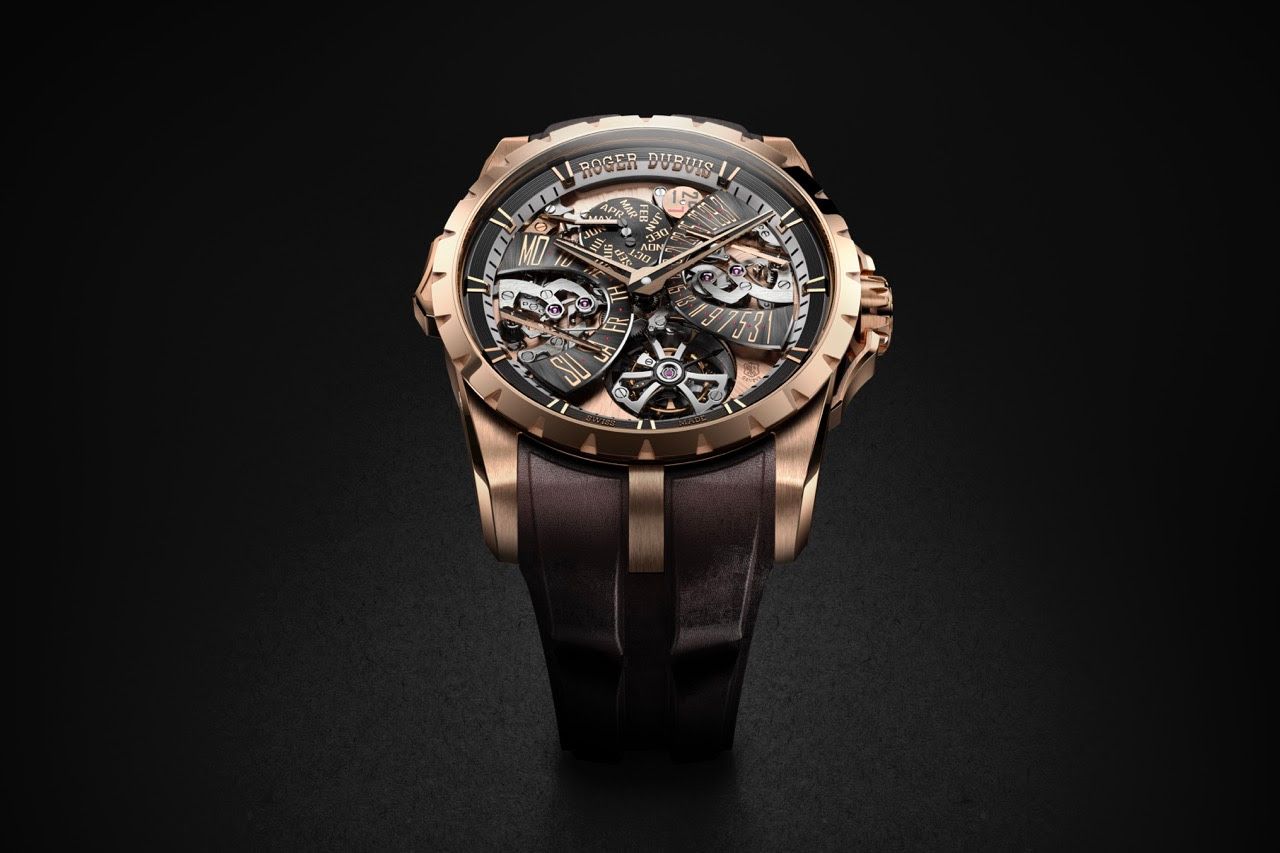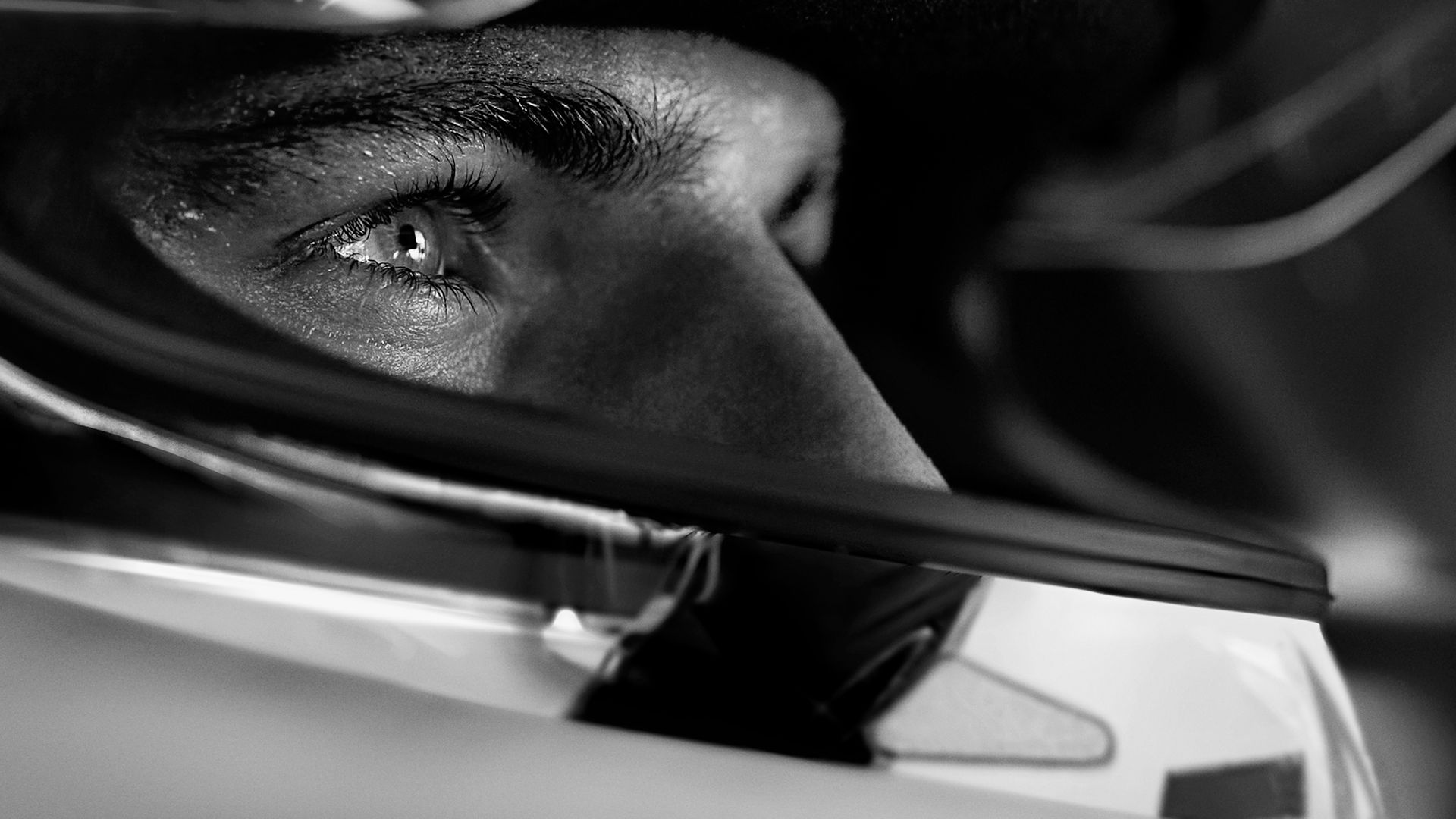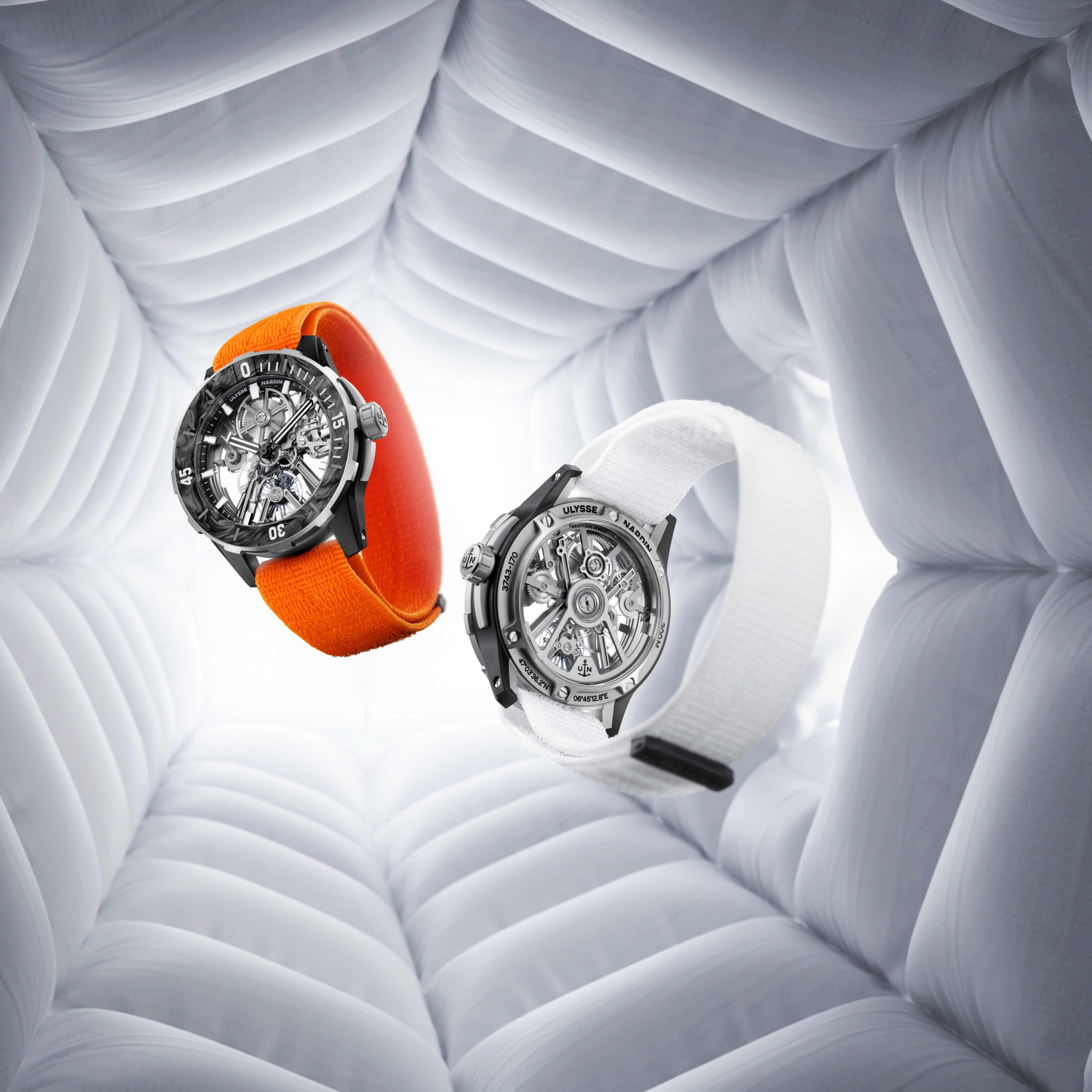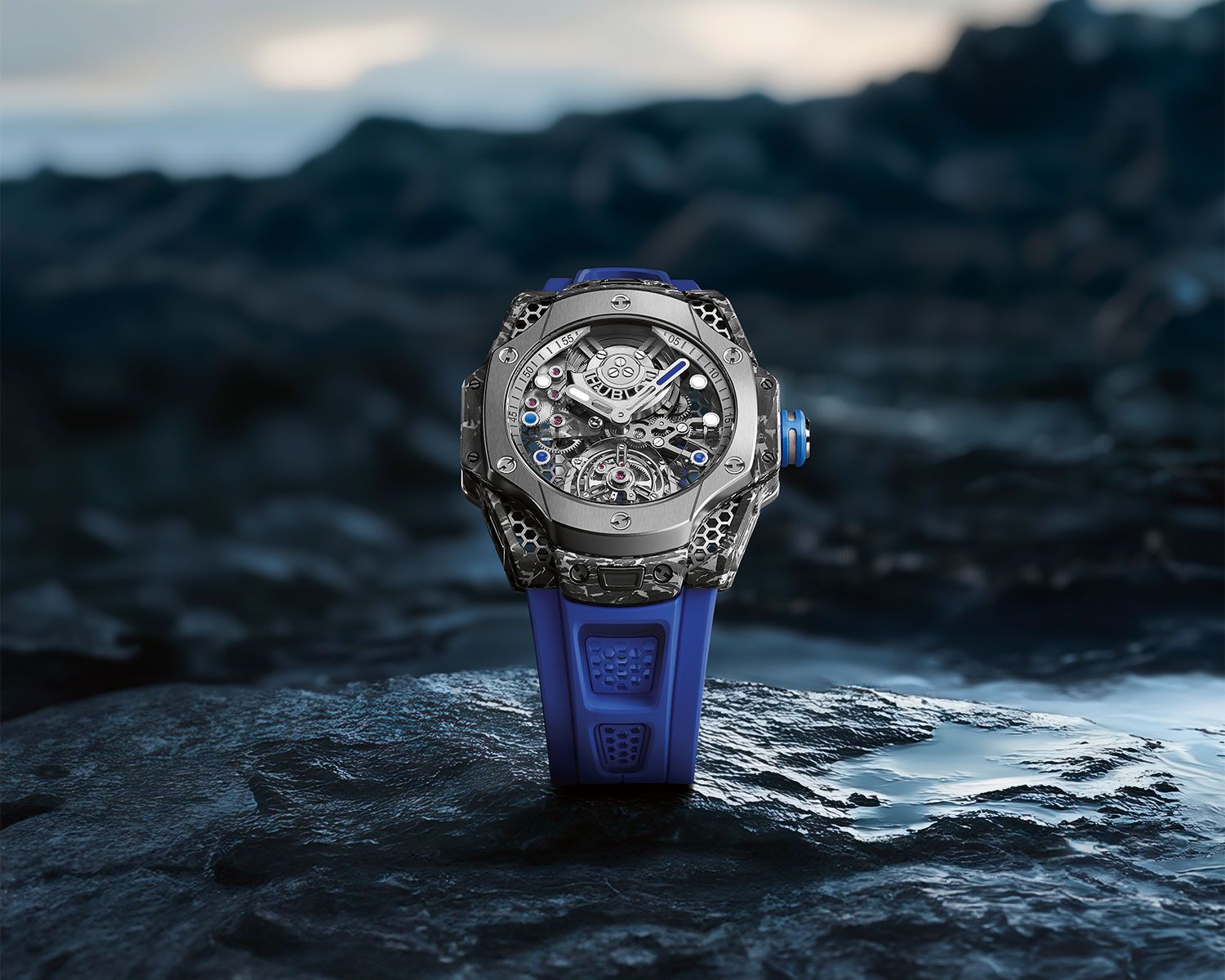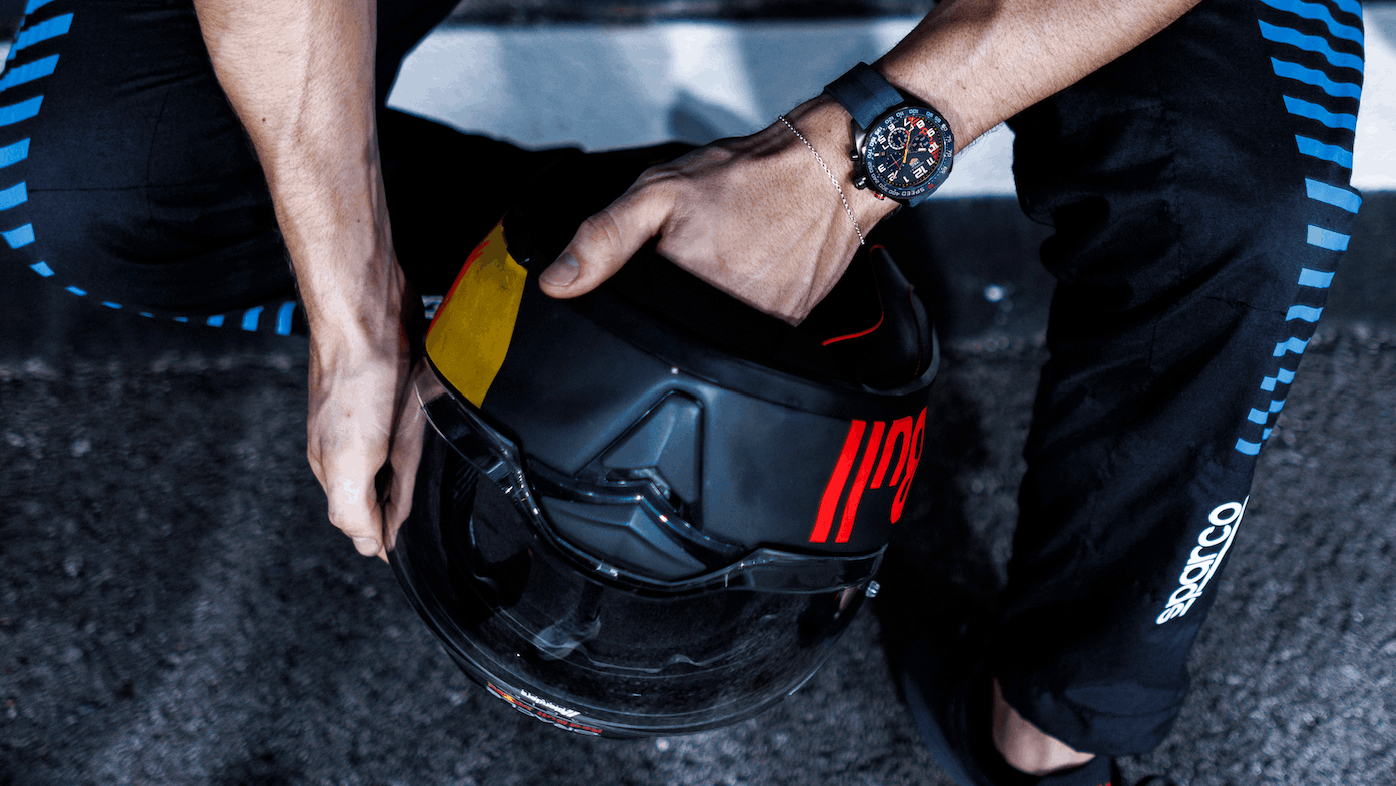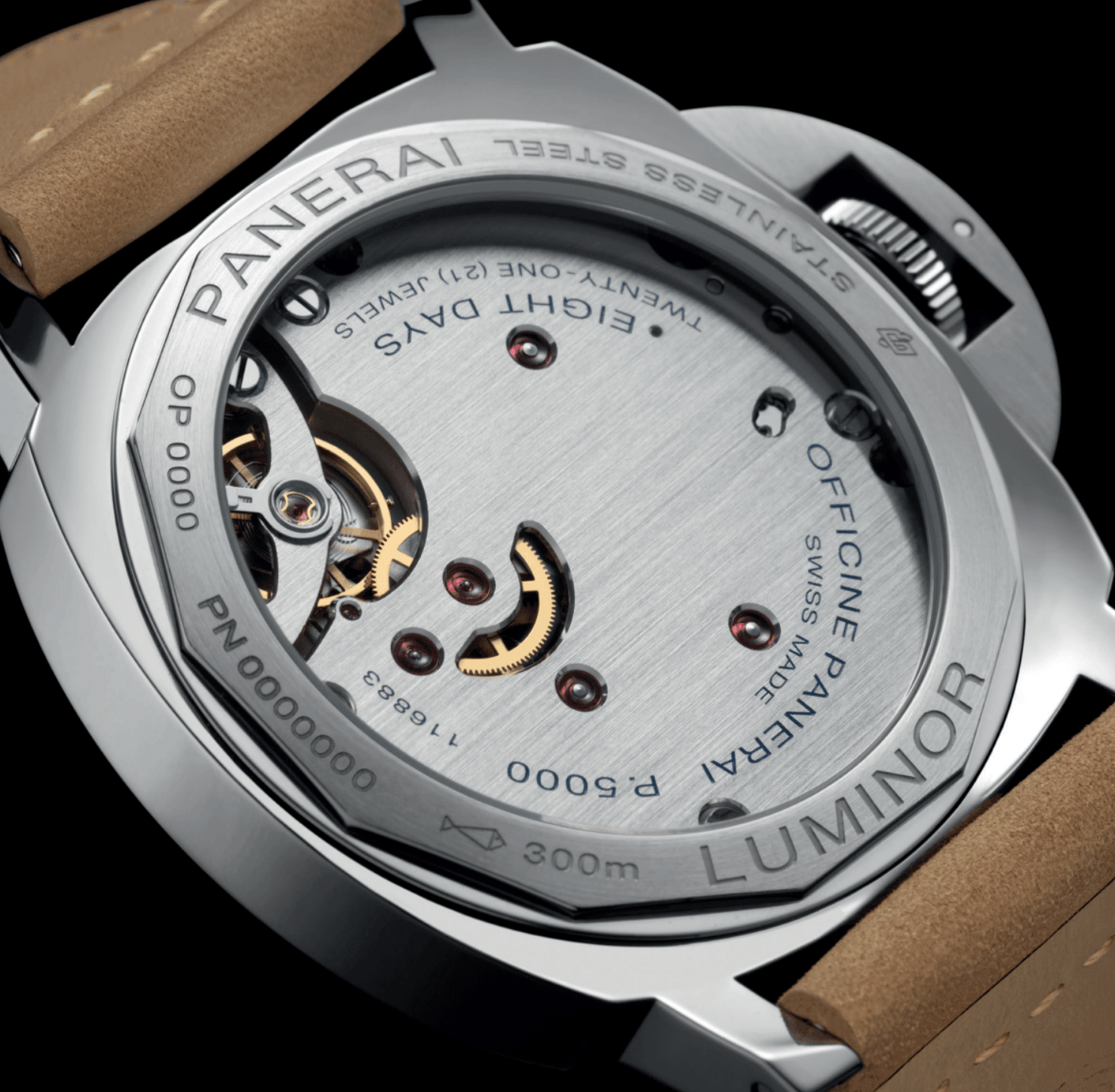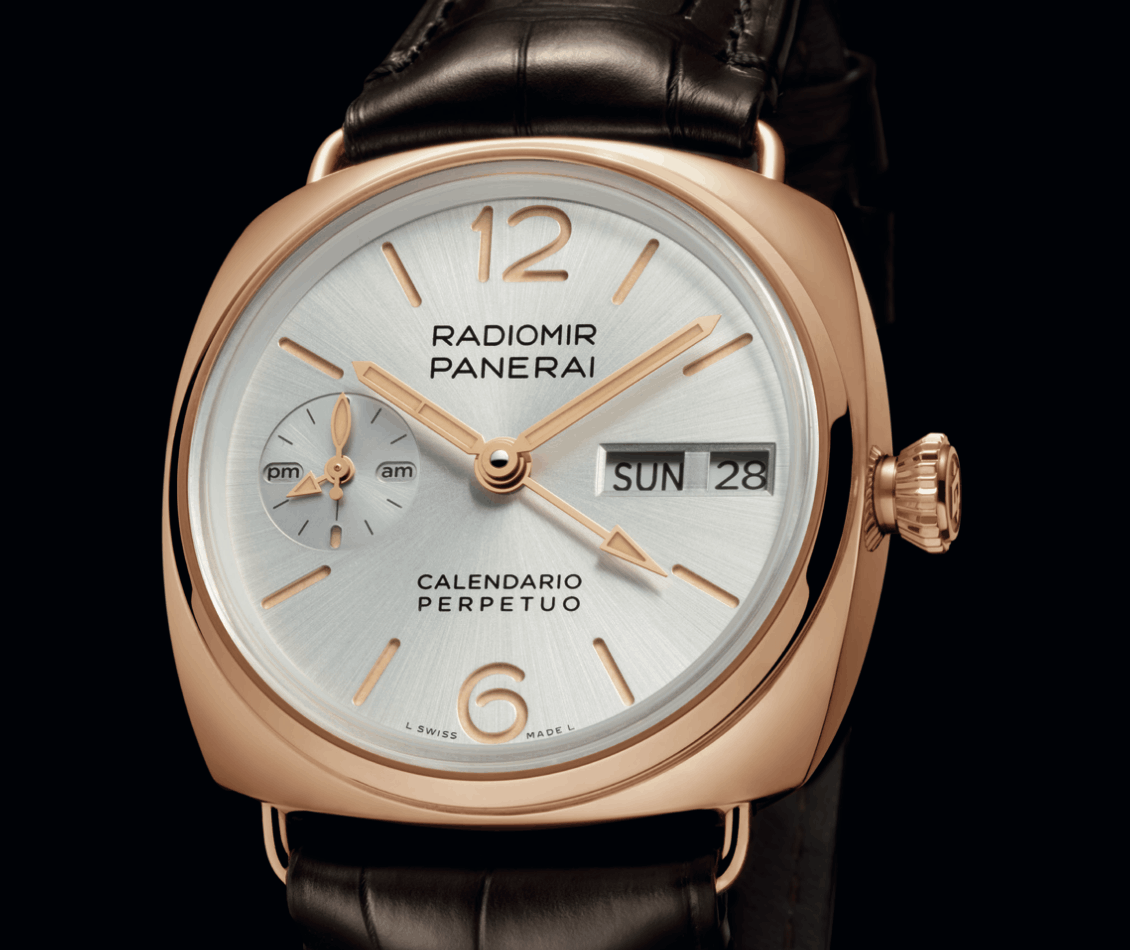Lange Watchmaking Excellence Award 2014
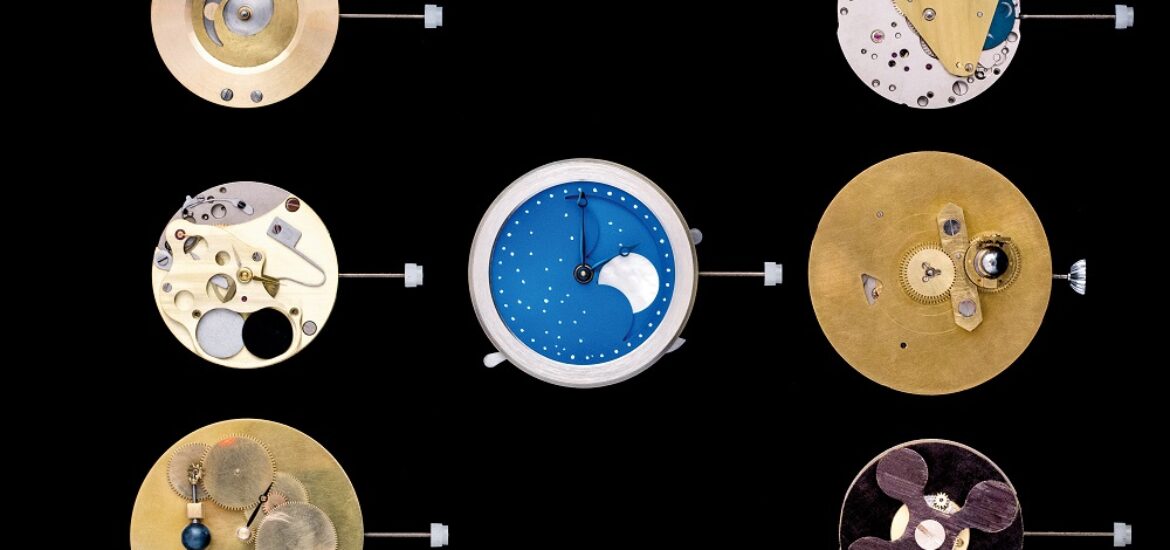
For the fifth time now, A. Lange & Söhne has awarded an achievement prize to an up-and-coming watchmaker. This year, the EUR 10,000 prize goes to Finland.
The “F. A. Lange Watchmaking Excellence Award” for the year 2014 was presented on 24 October. Torsti Laine, a student of Kelloseppäkoulu – The Finnish School of Watchmaking – received the prize of EUR 10,000 for his design of a moon-phase display that also emulates the earth phases from the moon’s perspective. The 42-year-old computer expert decided to make his passion for watchmaking a vocation only a few years ago. He accepted the prize from company founder Walter Lange and Lange CEO Wilhelm Schmid at an international press event.
The assignment of this year’s competition was to create and craft a moon-phase display in compliance with Lange’s quest for the utmost in precision. In the course of 2014, Lange launched two new models with this astronomical complication: they reproduce the orbit of the earth’s companion with an accuracy of 122.6 and 1058 years, respectively. Eight aspiring watchmakers from seven countries qualified to compete for the prize. They spent one week at the manufactory in May, during which they were acquainted with the assignment in detail.
A jury consisting of five experts assessed the entries in October. In addition to company founder Walter Lange and Anthony de Haas, Head of Product Development at Lange, the jury members included journalists Gisbert L. Brunner and Peter Braun as well as Peter Plassmeyer, the director of the Royal Cabinet of Mathematical and Physical Instruments in Dresden. The panel assessed the originality of the idea, its technical functionality, the quality of craftsmanship, and aesthetical aspects.
Torsti Laine’s concept impressed the jury from the very beginning. With a pusher, his moon-phase display can be adjusted to render the appearance of the moon as seen from anywhere in the world. But the experts were also surprised by the additional function on the movement side: the display of the earth’s progression as viewed from the moon. In creating this complication, the Finnish aerospace enthusiast was inspired by the Apollo 8 mission in 1968, during which the astronauts had the first opportunity to observe the dark side of the moon.
















